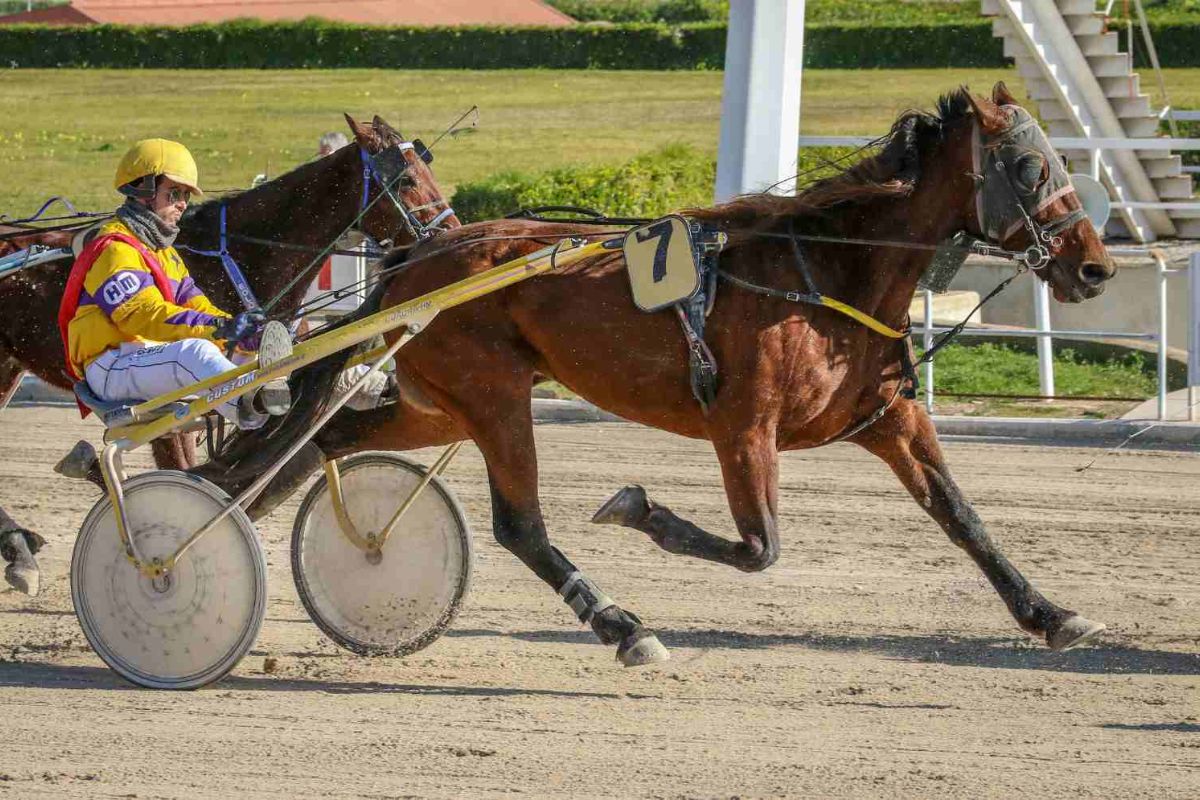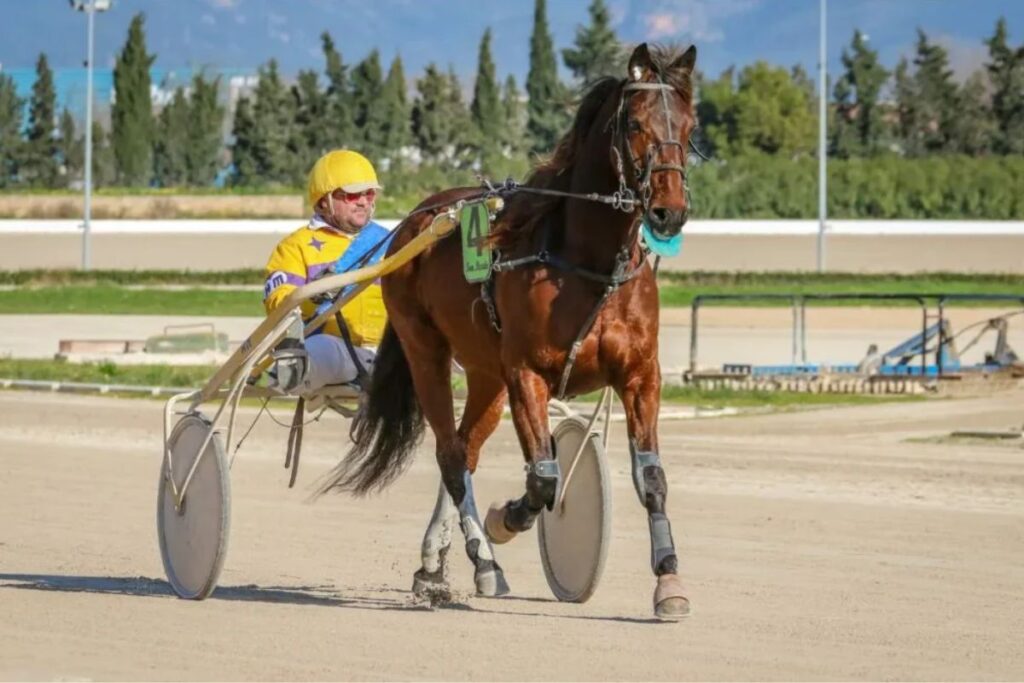Menu

The use of whips is a contested subject. The arguments for employing whips centre around safety and the ability to correct undesired behaviour (punishment). Whips are also utilised to increase speed, but perhaps the whip has the exact opposite effect of what we expect?
Anna Sandberg from the Swedish Agricultural Organisation has explored this question in collaboration with the Swedish Trotting Association. The aim was to investigate the effect of whip usage on a horse's speed. Does a horse increase its speed when struck by a whip, or does it have the reverse effect? She presented the research findings at the conference for The International Society of Equitation Science (ISES), held at Hartpury University in England, in the summer of 2022.
Also check out: 12 things you can do with your horse – without being in the saddle
Racing rules in Denmark and Sweden have been altered due to increased focus on animal welfare and ethics within the sport, explains Anna Sandberg. From January 2022, it has no longer been permitted to strike a horse with a whip during a race. According to the Danish Trotting Association rules, one can now only correct or animate the horse. However, there's no scientific evidence that whips make racing safer. When the study was conducted, the rules were different, stating that whips could be used for encouragement during the last 400 meters of a race. Beyond this, it could only be used to correct the horse.
Research indicates that there is no difference in how horses and humans feel pain when they are whipped. Even though a horse's skin is thicker than humans, the skin does not protect against pain that comes from being struck by a whip. The use of whips in racing is a controversial topic. Many people feel that it is increasingly incompatible with society's views on acceptable treatment of animals, as well as knowledge about how horses learn, says Anna Sandberg.
Also check out: From 1-2 horses: Points to consider
At the end of a trotting race, the driver often strikes the horse repeatedly. If the horse loses its position and falls behind, perhaps due to fatigue and exhaustion, the driver stops striking. Anna Sandberg believes that the horse, in this way, learns – through negative reinforcement – that when it slows down, the pressure stops. By negative reinforcement, one removes an unpleasant pressure from the horse when it performs the desired behaviour. If the driver stops using the whip when the horse slows down, the horse gets its reward and the pressure is removed. Next time, the horse will be inclined to perform the same behaviour. It is confirmed that it is correct to slow down when the pressure stops. This means that the whip may have the opposite effect of what was originally intended.

Anna Sandberg and her colleagues examined 60 different races and looked at each of the horses that placed in the top three. The total length of the race was 2140 meters, but the researchers investigated what happened in the last 800 meters. All racehorses in Sweden wear GPS equipment. This makes it easier to follow each individual horse and see its position and speed. Data from these GPS devices were collected along with video recordings from the individual races. The researchers used the information to see when and how many times each horse was struck by the whip. In addition, changes in the horse's speed were analysed, three seconds before the horse was hit and three seconds after a strike. Anna Sandberg and her colleagues also noted the horse's final position in the race. On average, horses received 5.6 strikes during the last 800 meters. Some horses received no strikes, while one horse received 16 in the latter part of the race. Following whip strikes, the researchers noted that the horse reduced its speed and the closer they came to the finish line, the more likely it was that the horse's speed was reduced.
The number of whip strikes had no bearing on the horse's final placement within the top three. Out of the five horses that were not struck, there were two horses that won, two came in second place, and one came third, explains Anna Sandberg. The results of the study suggest that the use of whips is associated with the horse running slower, especially near the finish line. It is said that the whip helps the horse to perform its best, but in reality, we achieve the opposite effect, she says. When we work with horses and train them daily, it is important to understand learning theory. It is crucial for success that we understand how horses learn best, Anna Sandberg believes.
There are several signals that can communicate to the horse to increase its speed. The use of a whip is not one of them and it will not be allowed in the future to make the horse run faster. One can still use a whip for safety reasons, and one can touch the horse very gently with the whip. The researchers believe that it would be interesting to follow up on whether the new rules have led to changed behaviour in the horses.
There is a need for further studies in relation to changes in horse speed for horses that were not struck with a whip. Furthermore, the use of a whip can be a safety issue, which requires further investigation, concludes Anna Sandberg.